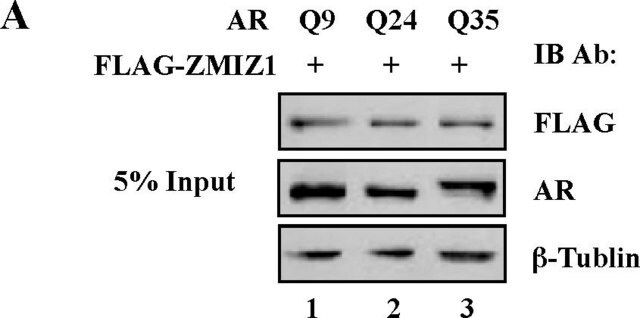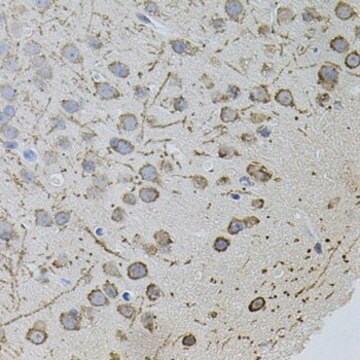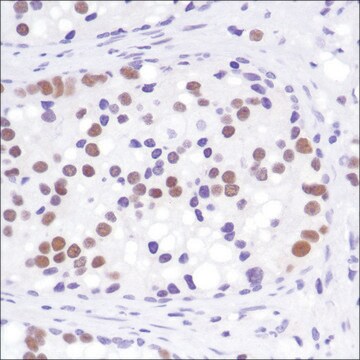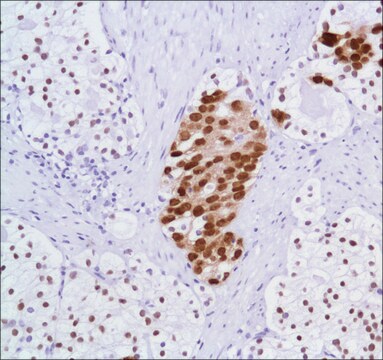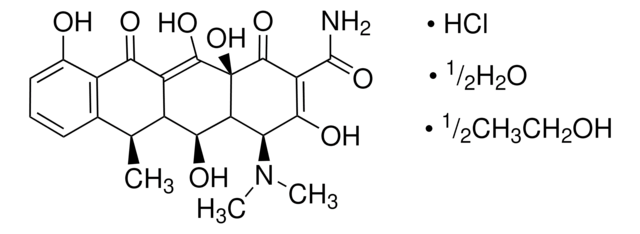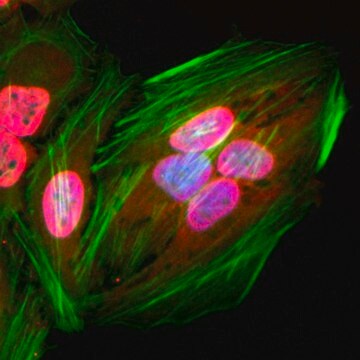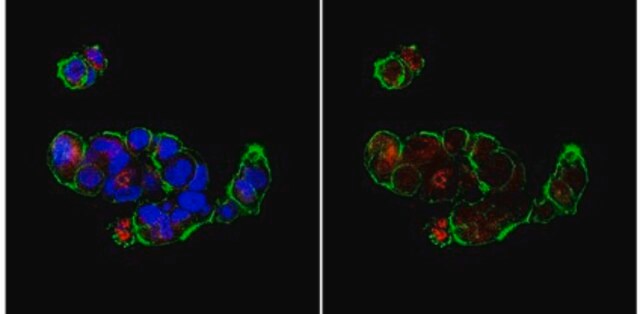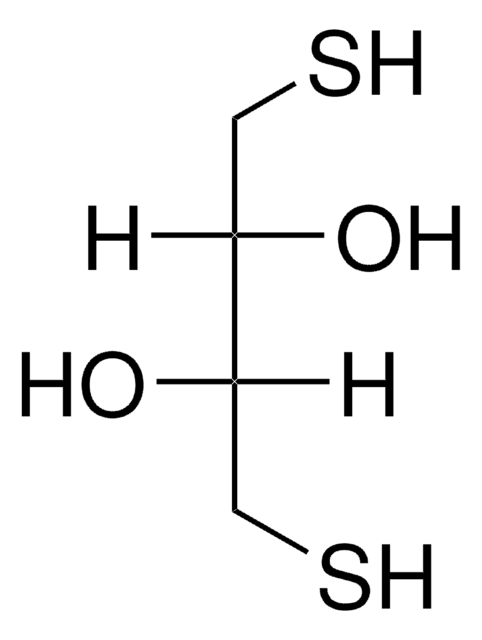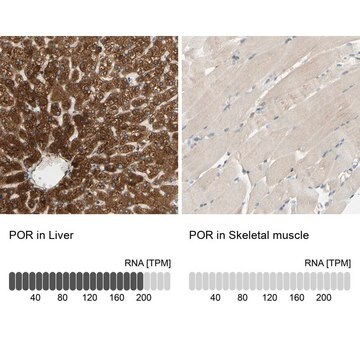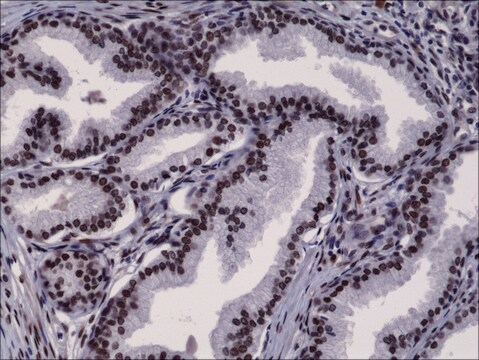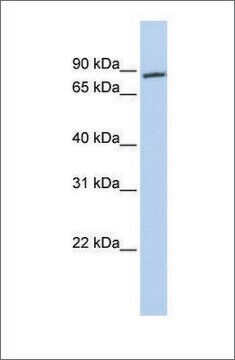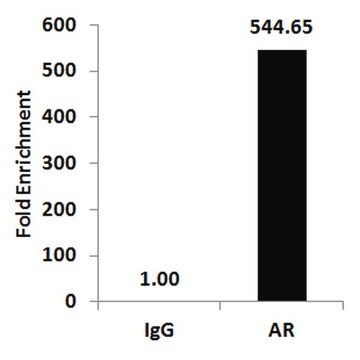A9853
Anti-Androgen Receptor antibody produced in rabbit
affinity isolated antibody, buffered aqueous solution
Sinônimo(s):
Androgen Receptor Antibody, Androgen Receptor Antibody - Anti-Androgen Receptor antibody produced in rabbit, Anti-AR
About This Item
Produtos recomendados
fonte biológica
rabbit
conjugado
unconjugated
forma do anticorpo
affinity isolated antibody
tipo de produto de anticorpo
primary antibodies
clone
polyclonal
Formulário
buffered aqueous solution
peso molecular
antigen 110 kDa (additional band may be observed at 45 kDa)
reatividade de espécies
rat, human
técnica(s)
immunohistochemistry (formalin-fixed, paraffin-embedded sections): 20-40 μg/mL using microwave-pretreated human prostate tissue sections
immunoprecipitation (IP): 5-10 μg using human MCF7 cell lysate ( 250 μg)
microarray: suitable
western blot: 1-2 μg/mL using whole extract of rat brain
nº de adesão UniProt
Condições de expedição
dry ice
temperatura de armazenamento
−20°C
modificação pós-traducional do alvo
unmodified
Categorias relacionadas
Descrição geral
Anti-Androgen Receptor specifically recognizes the human androgen receptor protein (110 kDa). An additional band may be observed at 45 kDa. The antibody cross-reacts with rat androgen receptor.
Especificidade
Imunogênio
Aplicação
Western Blotting (1 paper)
forma física
Exoneração de responsabilidade
Não está encontrando o produto certo?
Experimente o nosso Ferramenta de seleção de produtos.
Código de classe de armazenamento
10 - Combustible liquids
Classe de risco de água (WGK)
WGK 2
Ponto de fulgor (°F)
Not applicable
Ponto de fulgor (°C)
Not applicable
Equipamento de proteção individual
Eyeshields, Gloves, multi-purpose combination respirator cartridge (US)
Escolha uma das versões mais recentes:
Já possui este produto?
Encontre a documentação dos produtos que você adquiriu recentemente na biblioteca de documentos.
Os clientes também visualizaram
Nossa equipe de cientistas tem experiência em todas as áreas de pesquisa, incluindo Life Sciences, ciência de materiais, síntese química, cromatografia, química analítica e muitas outras.
Entre em contato com a assistência técnica